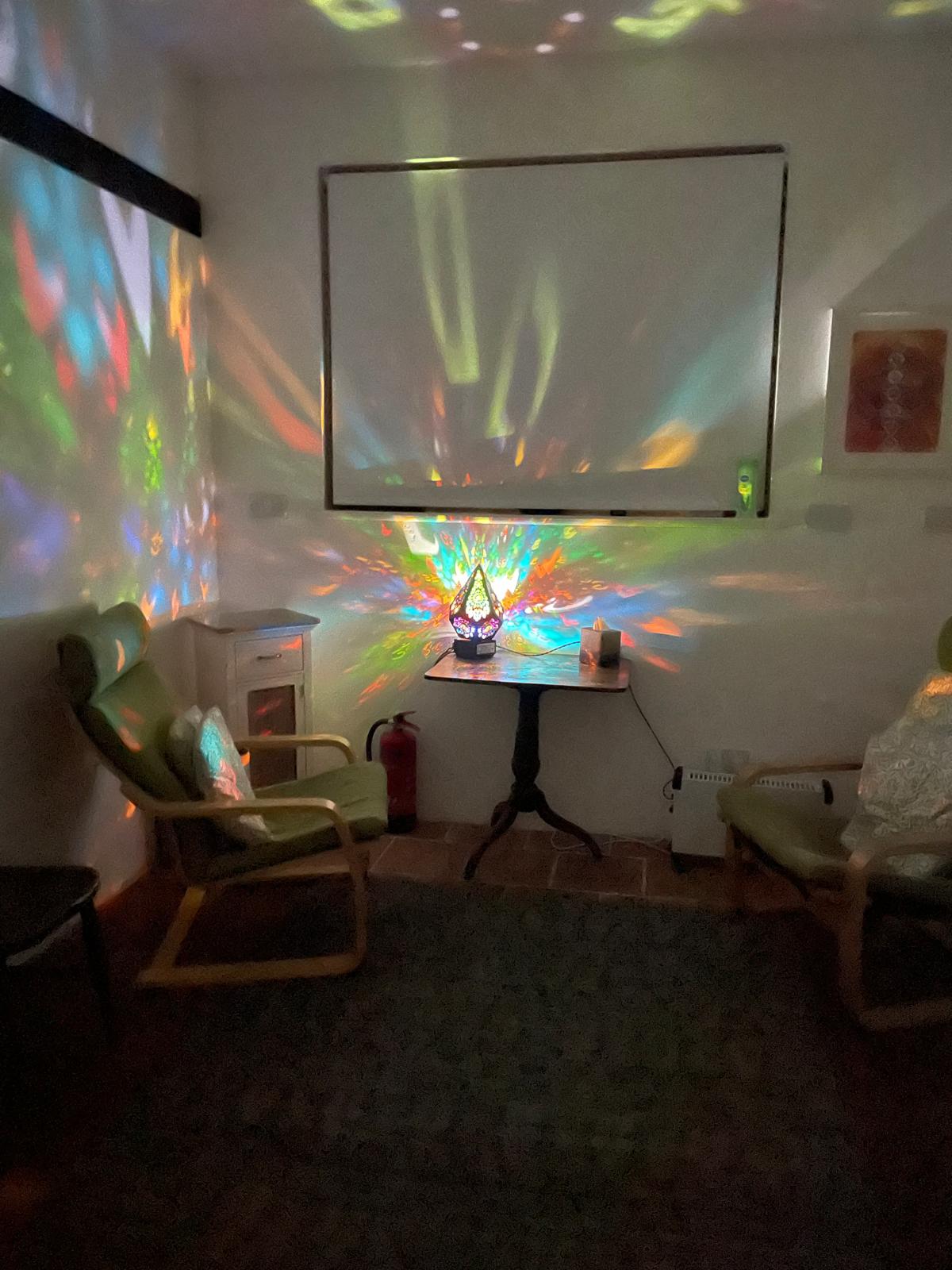
The bell rings, softly illuminating the shadows.
It’s 5 am at the ashram, and we all rise and get ready to sit cross-legged and meditate before reciting morning prayers.
Thus begins each day, throughout the year, at a Sivananda ashram.
Eventually, you may find yourself questioning why we practice meditation, then breathwork, and afterward asana. Astanga, as outlined by Patanjali’s 8 limbs of yoga, proposes a different sequence.
“Meditation and pranayama are the key components,” the monk replied. “If individuals leave early, they miss what is most significant.”
That was 5 years back. Since then, I’ve been refining my practice and uncovering various yoga archetypes. Before your next session, consider asking yourself:
Which yoga archetype aligns with you?
The Purist: Asana, Pranayama, Meditation
The aim of asana practice is to enable you to sit for extended periods in meditation. Seated meditative positions necessitate hip flexibility, and keeping an upright spine demands strength. Your body should be warm, flexible enough to sit comfortably, and strong enough to sustain good posture.
Pranayama practice subsequently calms the mind and enhances the flow of prana throughout your body.
Visualize it directionally: still the body, then the breath, followed by the mind.
Outcome: focusing becomes easier, allowing you to enter profound meditative states.
The Early Riser: Pranayama, Meditation, Asana
I prefer to begin with Kapalabhati (which is technically a Shatkriya) to awaken and increase awareness, followed by Nadi Shodhana for a harmonized and concentrated mental state.
This smoothly transitions into a deep meditation. If meditation serves as a cornerstone habit for you, this is a superb way to ensure you incorporate it. 5–10 minutes will suffice. The calm and focus you bring into the subsequent asana practice will convert it into a moving meditation.
Outcome: your grounded energy will enhance your mind-body connection.
The Slow Burner: Meditation, Pranayama, Asana
Commencing with meditation anchors you, promoting focus from the outset. Following meditation with breathwork enriches the meditative experience, while intentionally engaging with the breath will infuse your body with energy and oxygen your muscles.
Your asana practice gains from the synergy of physical energy coupled with enhanced mindfulness and breath control. A vinyasa practice (synchronizing movement with breath) would complete this routine and kickstart your day with vigor and clarity.
Outcome: you’ll feel energized yet concentrated.
Please remember: Never position asana between pranayama and meditation.